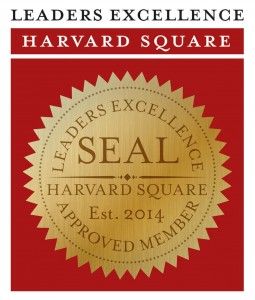The responsibility for mitigating these biases and creating a healthy and productive work culture, lies strictly with the organization’s management teams. A positive work culture starts at the top and is taught to the employees that follow this leadership. And although unconscious biases will never disappear, their affects can be lessened with the correct approach.
An owner or employer cannot just state that any type of bias will not be tolerated. This statement must be followed up with processes and policies that echo these sentiments. The workplace must supply training and education for the employees to combat unconscious biases. There must be a safe place to report suspected unconscious biases in the decision making department of the company. All these things must be utilized to mitigate unconscious bias in any workplace.
Set Expectations
The first step to mitigating unconscious biases in the work culture of a company, is to firmly and clearly state that this type of behavior will not be tolerated, outline what training will be offered to employees, and that violations will have consequences. A quick, brief statement to the employees and shareholders of the company is the first step of the process. This position must be stated firmly, without any waiver.
This statement should also state the training program and policies that will be included. The mandatory requirements should also be included in the expectations for this program. Encourage participation through marketing the program as pro-diversity, rather than anti-bias. Highlight the positive effects of this training in the opening statements for the program.
Get Feedback
The next step to implementing the anti-bias training program is to gather feedback from the employees. After the statement is released to the company and shareholders, the management can then begin to collect data based on the feelings of the employees. This information can be used in the planning of the training and the presentation of the information later in time.
The easiest way to get a genuine reaction to the anti-bias policies and programs from the employees is via a survey. This survey can be on paper ballots, via the email, or any other company wide communication that the organization uses. Every employee must be given the opportunity to participate in the data collection. These surveys not only gather information, they also increase the employee interest and participation. The survey that is easiest to use is the sliding scale from one extreme to another.
Encourage Participation
Let’s be honest, ever since childhood, we have hated to be told what to do and when to do it. It sets off a little rebellion in our minds that causes some people to put up walls and fences in defiance. Mandatory meetings and training are everyone’s least favorite thing to do during the workday. Anti-bias training needs to be mandatory for all employees, but how can an employer encourage participation, without causing employees to feel forced to attend.
Invitations should state that all management will be present for the event. Maybe provide a lunch and snacks for meeting. Speak to the employees’ desires and what would make it worth their time to attend. Include the question in a survey to the employees. An important step to a successful unconscious bias training seminar for the employees is encouraging participation, not only in the meeting itself, but also in creating updated workplace policies.
Train Employees
Training employees is so much more than reading and presenting a slide presentation at a day-long meeting. Employees have to not only accept the information presented, but use this information. The first tip is to know the audience and which training materials will work best for this particular group. This training needs to be interactive and informative. It should have clear goals.
One way to begin this session is to administer one of the many implicit biases tests that are available to all the employees. The Harvard Implicit Awareness Test assists in identifying fourteen unconscious biases that the employees possess and inadvertently allow to affect their daily decisions. Even though it is not comfortable, this test highlights the biases that each employee can then move forward and change.
This post is from April’s topic on Unconscious Bias, which is also a course on our Executive Mini-MBA program online from Harvard Square.






